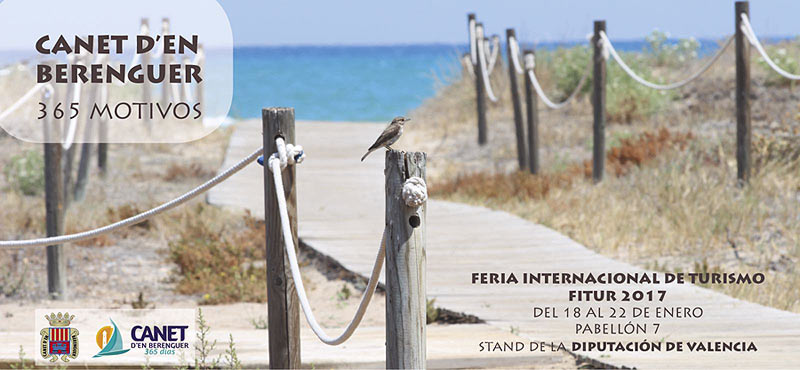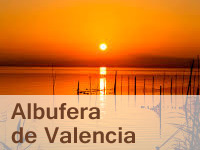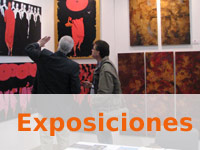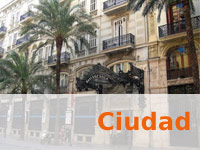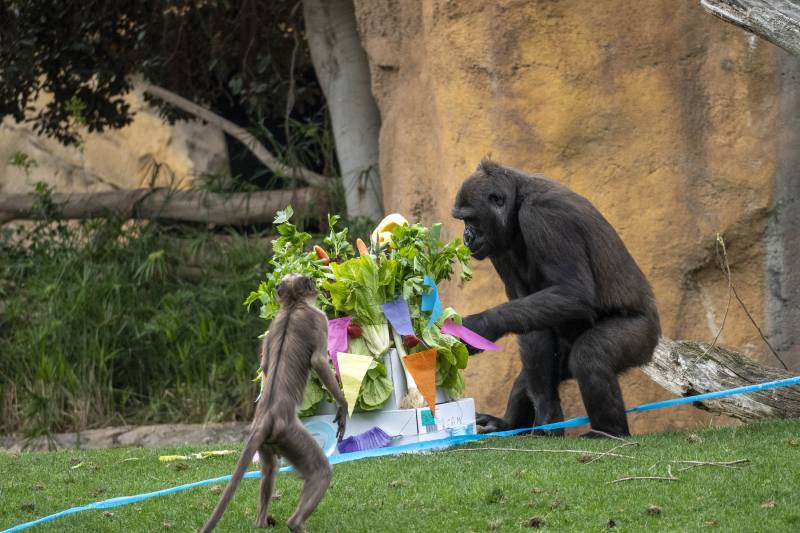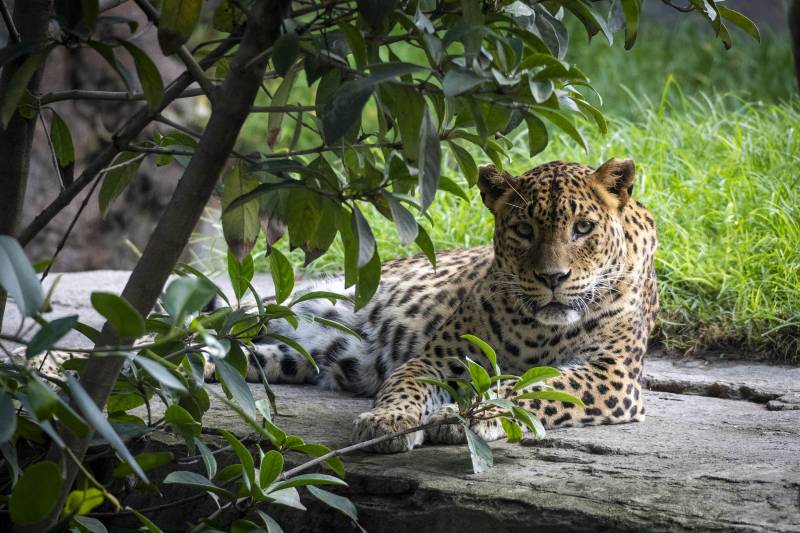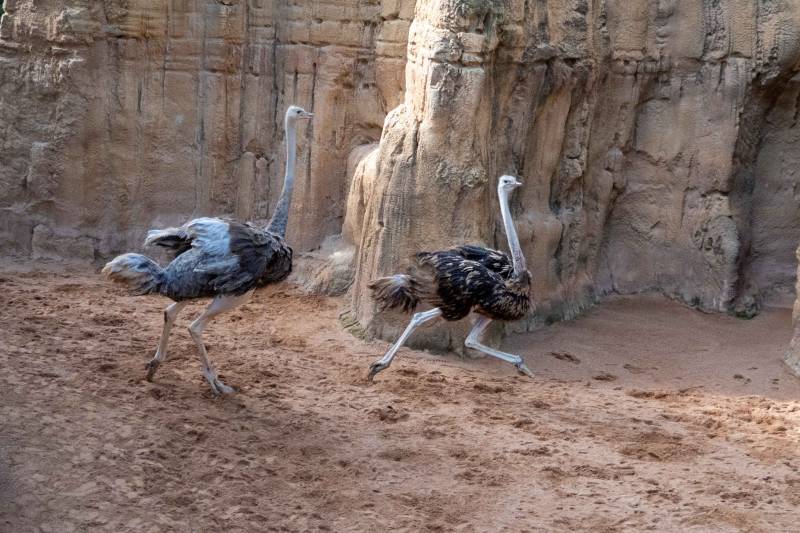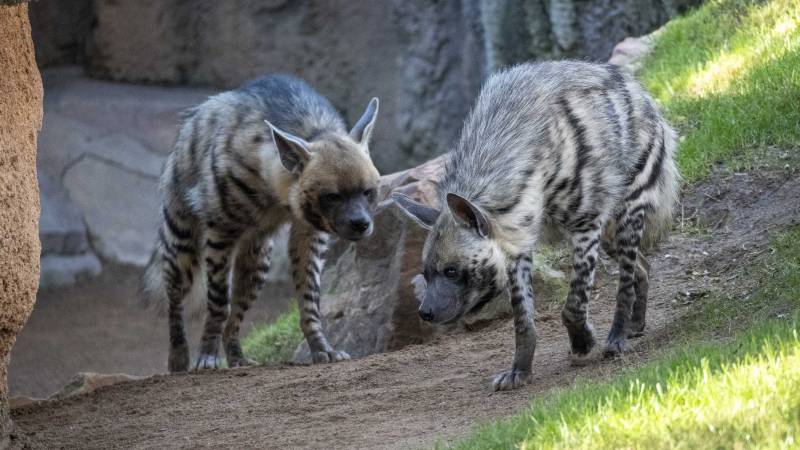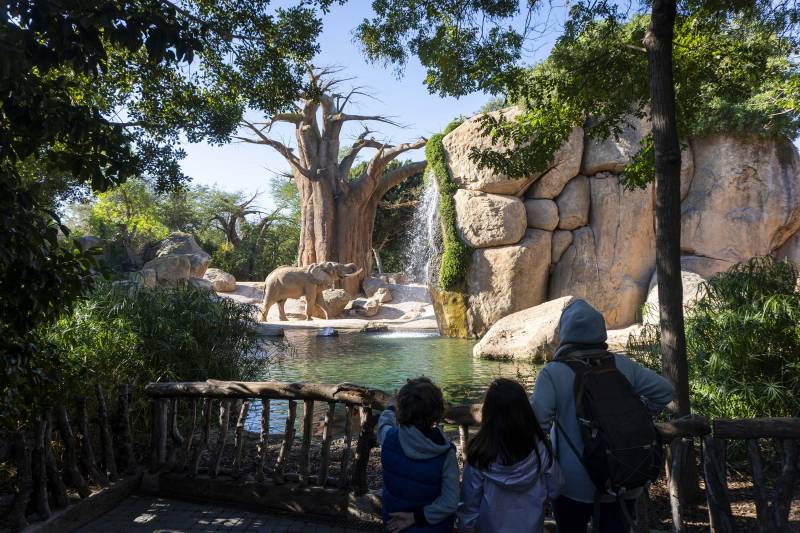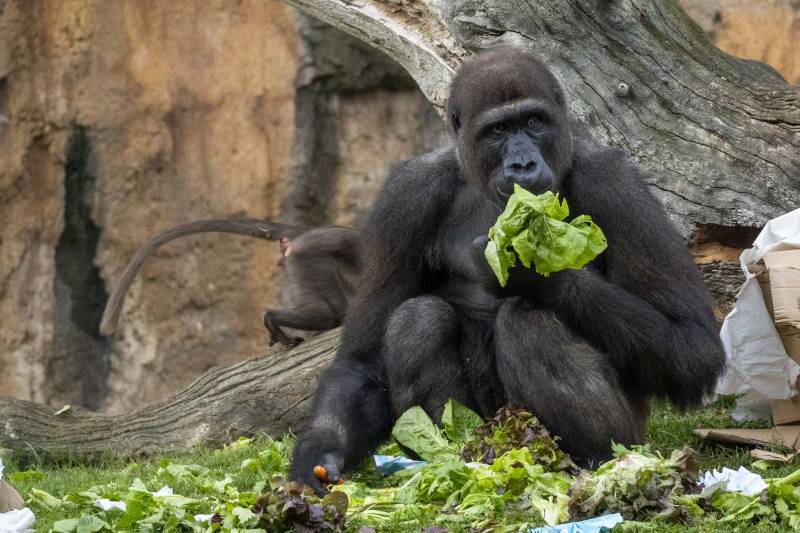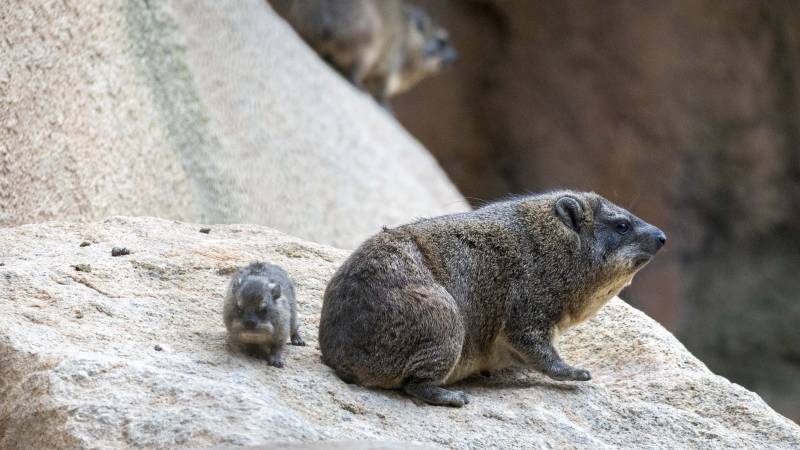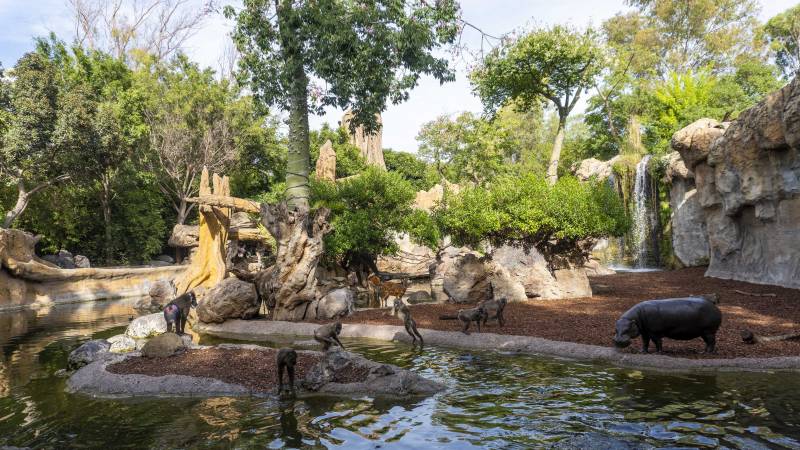Bioparc, a new concept of zoo in Valencia
The new Bioparc Valencia opened its doors on 28 February 2008. This innovative zoo, in which the barriers are practically invisible and the animals feel right at home, covers some 100,000 square metres and is located in the Parque de Cabecera within the former Turia Riverbed.
Contrary to traditional zoos, this park has the unique feature of bringing the visitor totally into the habitat of the animals. This is known as zoo immersion.
Bioparc's main objective is to promote respect for animals and make the general public aware of importance of protecting the environment through a commitment to education and the preservation of the animals.
Leopards, lemurs, hyenas, lions, giraffes, gorillas, rhinoceroses, hippopotamuses, porcupines, ostriches, elephants, otters
all coexist in this zoological world, which offers moving experiences at every bend in the park at every minute of the day.
We can find: Reflections of Africa in Bioparc Valencia. Bioparc displays a range of African flora and fauna and the different habits in which they live together. However, Bioparc is not limited to Africa, since the plan is to expand it over the next few years by 20,000 metres in order to dedicate a portion of the zoo to Southeast Asia and South America flora and fauna.
"100,000 square metres of nature"
The tour of Bioparc Valencia beings at the entrance. Once visitors cross the 145 metre-long walkway over the Parque de Cabecera lake, they can enjoy interesting projections about the African continent in the theatre situated at the entrance. From there, the visitor enters into a fascinating world in which they can enjoy the unique animals and settings that make up the park, as well as other surprises
On leaving the theatre, we find ourselves on the main boulevard where an African lodge houses a cafeteria-restaurant with a spacious terrace and views of the African savannah. The main boulevard also offers us the option of deciding which ecosystem we would like to explore first: the savannah, forests of Madagascar and equatorial Africa.
The amphitheatre in the centre of the park deserves special mention: a large outdoor space which offers the visitor the chance to watch birds and mammals acting naturally.
The animals live together in the Bioparc as they would in nature, in groups of the same species co-existing in the same habitat. They are separated from one another by natural barriers such as rock, rivers, and bridges that are invisible to the visitor's eyes. Depending on which ecosystem we find ourselves in, we are able to see the different animals that live there.
In theAfrican savannah, we'll seezebras, impalas, blesbok, marabou storks, cranes, giraffes, lions, striped mongooses, exotic birds, African elephants, white rhinoceroses, etc
as well as the subterranean life that exists in anteaters' dens and African termite nests.
Inequatorial Africa, the primates are the main attractions -- gorillas, mangabeys, monkeys, herds of bongos, forest buffalos, red river hogs, leopards, chimpanzees, drills, talapoins, pygmy hippopotamuses and sitatunga antelopes.
In Madagascar, we find seven different species of lemurs, including the highly-endangered grey bamboo lemur.
The habitats of Biopic
Different African ecosystems are faithfully re-created at Bioparc. You can find different biomes and habitats such as the savannah, the forests of Madagascar, and equatorial Africa. The vegetation is indigenous to the area, thus reproducing the bioclimatic zones of each area, as are the replicas of the great rocks, caves and giant baobabs.
African savannah
In the African savannah, we find the great herbivores amongst acacia forests and plains populated by zebras, impalas, blesbok, marabou storks, cranes, giraffes, white rhinoceroses, etc
as well as subterranean life, with the visitor able to go underground and see anteaters' dens and African termite nests. In the Kopje zone, a habitat featuring extensive rocky areas, live the fierce lions, striped mongooses, hyraxes and exotic birds. We can enjoy the company of giant African elephants in the palm groves.
Equatorial Africa
We can find the greatest variety of ecosystems and different habitats here, due to the highly varied vegetation. We can see the only re-creation in the world of the KITUM cave in equatorial Africa. In this 40 metre-plus cave, visitors will be able to observe through the crevices a herd of elephants grazing on a nearby plain. Outside the cave, the dense equatorial forest serves as shelter for different species ofAfrican birds.
In the clearing of the swampy forest, countless species meet to obtain food from the mud, to rest and to socialise. Two families ofgorillasshare their space withmangabeysandmonkeys, surrounded by herds ofbongos,forest buffaloes, andred river hogs. Two emblematic species, theleopardandchimpanzee,live in the forest surrounding the mud lake. After passing through the forest clearing, we'll come across such other primates as thedrills,talapoins, and anothermonkeyspecies. A river separates these monkeys from thepygmy hippopotamusand a group ofsitatunga antelopes.
Madagascar
On the island of Madagascar, we find seven different species oflemursand an interpretation centre dedicated to explaining the extinction processes which occurred on the island during the 17th century. Life-size replicas of two of these extinct animals, theelephant birdandkoala lemur,are on display here.
| ||
For more information: | ||
